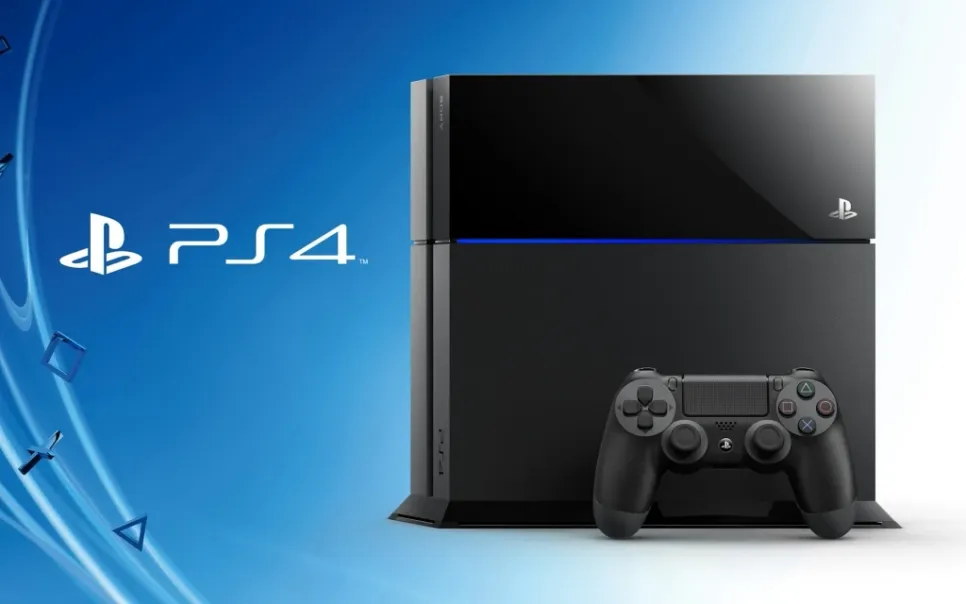US President Signs Legislation that Could Legitimize TikTok Ban
US President Joe Biden signed legislation that could lead to a nationwide ban on TikTok.

Sony reported weaker profits in the PlayStation business and cut its annual revenue forecast, triggering the steepest share decline in almost three and a half years, according to Bloomberg.
The stock fell 8.1 percent in Tokyo on Monday, the most since September 2015, after operating income in games fell 14 percent to 73 billion yen ($666 million) for the holiday quarter. The company sold 8.1 million PS4 consoles, down from 9 million a year ago, it said in a statement. For total sales, Sony lowered its outlook to 8.5 trillion yen for the fiscal year through March, compared with the prior forecast for 8.7 trillion yen.
The PlayStation 4, headed for its sixth year, will likely surpass the 100 million unit sales milestone by mid-2019, cementing it as one of the best-selling consoles in history. Even so, this year’s software lineup isn’t as impressive as it was last year. For the full fiscal year, Sony kept its forecast for the games division of 310 billion yen. Now, attention is turning to the details and timing of the next-generation console.
Weaker demand for camera chips, mobile handsets and financial services were behind the revision although a tax adjustment will boost net income, the company said in a statement. Operating profit in the last three months of 2018 was 377 billion yen, compared with analysts’ projection for 365 billion yen. After adjusting for a one-time gain in the music business, the result was significantly lower, at 260 billion yen. Quarterly sales fell 10 percent to 2.4 trillion yen. For the current fiscal year, operating profit will be 870 billion yen, compared with analysts’ projections for 884 billion yen on average, according to estimates compiled by Bloomberg.
Sony’s camera chips business is also seeing an impact from slowing global demand for smartphones. Operating profit in chips fell 23 percent to 46.5 billion yen. Guidance for the division is now lower, at 130 billion yen for the current fiscal year, from October’s forecast of 140 billion yen. The company’s new 48-megapixel image sensor is proving to be a hit with manufacturers including Xiaomi and Huawei, who are promoting it as a key feature in their new models.